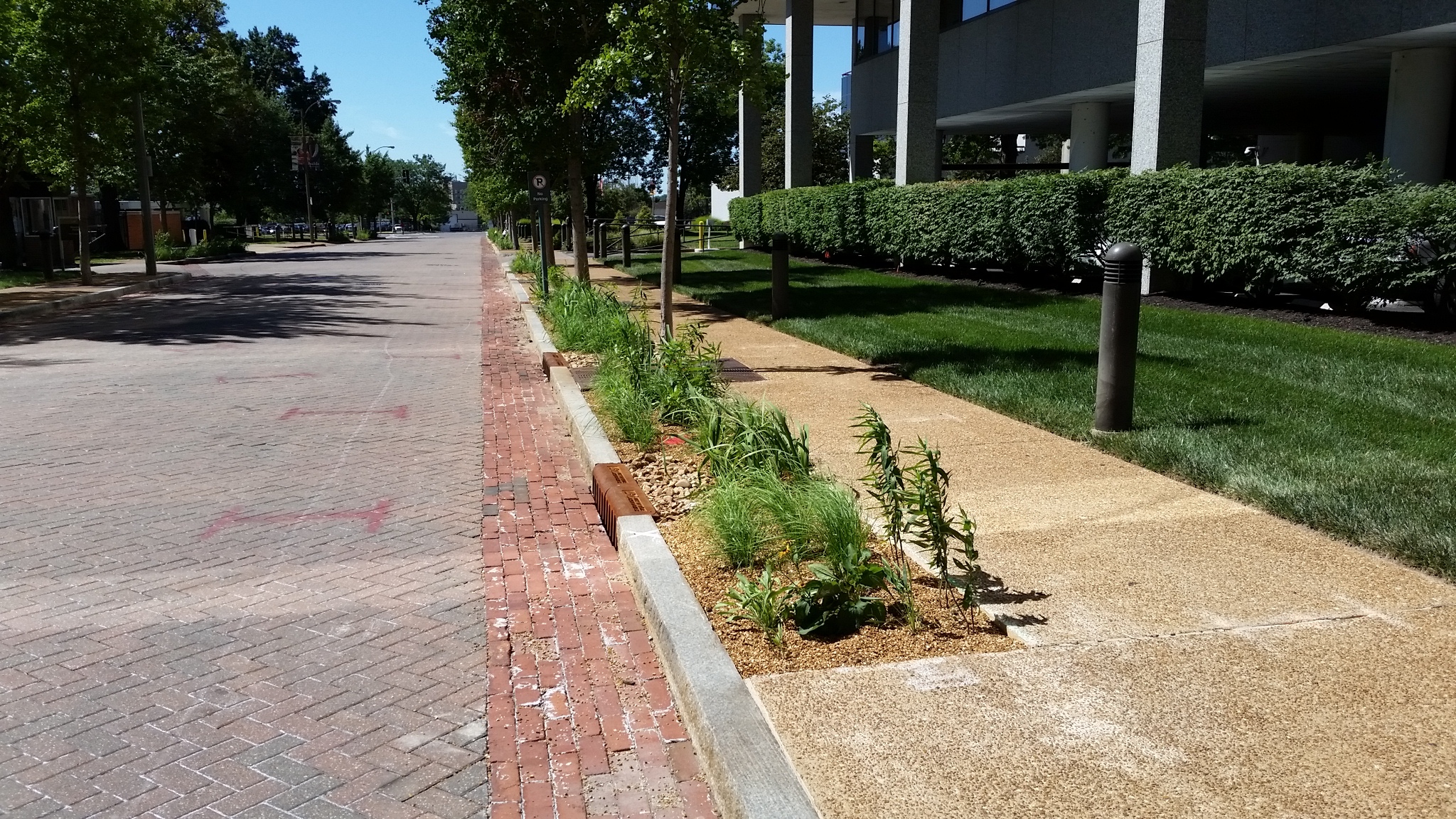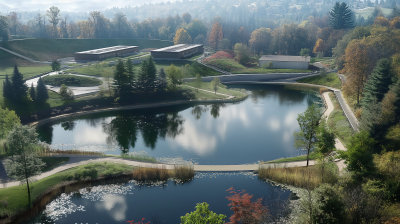
Closing Existing Post-Construction BMP Design and Construction Knowledge Gaps | Two Part Series
Recorded On: 2024/10/24
-
Register
- Non member - $40
- Professional member - $15
- Professional Plus member - Free!
- Professional Plus Org member - Free!
- Student member - $15
- Young Professional member - $15
- Emeritus member - $15
- Discounted Professional member - $15
- Australia Member - $15
- Australia Non-Member - $40
- Australasia Professional Plus - Free!
- Australasia Professional Plus Org - Free!
- Australian Student - $15
Closing Existing Post-Construction BMP Design and Construction Knowledge Gaps | Two Part Series

PART ONE
Presented by: Steve Polk, P.E., Founder & Managing Principal, Stormwater STL LLC
Level: Intermediate
Duration: 1 hour
Type of Course: On-Demand
In Session One, Steve Polk, P.E., EMBA will provide an overview of stormwater management and green infrastructure regulations, from the adoption of the Clean Water Act of 1972 to the present day, explaining the role of regulations and their impact on capital and maintenance budgets for property owners and land developers. Attendees will also be introduced to the difference between structural and non-structural best management practices (BMPs), the building blocks for capturing and treating stormwater runoff. Attendees will also learn the roles and responsibilities of the Environmental Protection Agency and the EPA’s interaction with state and local authorities in the implementation and enforcement of stormwater quality regulations. By providing successful examples of BMP performance and highlighting factors that contribute to their effectiveness and efficiency, attendees will develop a better understanding of the importance of thoughtful and well-informed BMP design, construction, and maintenance techniques and will help attendees understand how integrating maintenance into the design and construction phases improves functionality and longevity of BMPs. Session One concludes with a preview of Session Two, which focuses on bioretention basin soil, the most complex and most often used BMP.
PART TWO
Presented by: Ted Hartsig, MS, CPSS, Senior Soil Scientist/Natural Resources Restoration, Olsson
Level: Intermediate
Duration: 1 hour 20 min
Type of Course: On-Demand
In this session, we will take a deep dive into the most important component of the most widely utilized post-construction stormwater BMP, the bioretention basin (aka rain garden). Soil - including controlled, engineered soils as designed for stormwater BMPs - are living entities that demand attention to detail critical to their success. Soil structure, chemistry, and biology must be a functioning part of the environment which surrounds it to provide successful stormwater services. Stormwater management represents an unbalanced environment in which soils that are designed to receive and treat increased stormwater runoff must be balanced to meet the performance objectives for stormwater control and management. We will provide details of soil physical, chemical, and biological properties necessary for successful bioretention and explore the role and function of the soil media in bioretention basins. We will also discuss the key characteristics and properties of the soil media, such as infiltration rate, porosity, organic matter, pH, and nutrient content, and how they can be measured and modified to optimize the performance of bioretention basins. Additionally, we will examine the challenges and opportunities for soil media selection, installation, and maintenance, and provide practical guidance and tips for achieving successful bioretention projects.
Learning Objectives:
- Understand the Why, When, and Where of post-construction stormwater quality regulations.
- Recognize the importance of balancing soil physical structure with the chemical and biological activity that's essential for BMP performance and sustainability.
- Learn about details of stormwater BMPs/SCMs that must be reconsidered and why "the way it's always been done" is no longer an appropriate or effective way to address a performance problem. HINT - it's the soil!

Steven W. Polk, P.E.
Founder & Managing Principal
After more than three decades of helping customers resolve zoning, site engineering and permitting challenges, Steve Polk elected to redirect his engineering business to the implementation of the NPDES Phase II regulations. Since that decision in 2008, he has focused his practice on the engineering, construction, inspection, testing and maintenance of stormwater quality management facilities. Stormwater STL now regularly inspects more than 225 projects multiple times each year, which provides well over 3500 BMP touchpoints each year and offers opportunities to see the components of all stormwater quality systems in action. His research into stormwater regulations nationwide, coupled with several dozen local, state, and national presentations on stormwater quality issues have positioned Steve and Stormwater STL as leaders in this rapidly evolving industry.
Ted Hartsig, MS CPSS
Senior Scientist
Olsson, Inc.
Ted has more than 40 years of experience as a professional soil scientist, specialized in natural resource management and restoration, including extensive experience in soil design and ecosystem restoration. He has also contributed to the development of soil and plant management strategies in both urban and rural landscape projects and regularly works with a multitude of professional teams charged with designing, constructing, and managing soils for conventional and native landscapes at parks and corporate campuses throughout the United States.
This event is worth two (2) Professional Development Hours. One (1) hour per session in this two-part series.
IECA is committed to fostering an environment of continuous learning and professional growth. Through a process of peer review and content selection standards, we ensure that our content is robust, relevant, and aligned with industry standards. We respect the authority of certification organizations to evaluate and accept professional development activities according to their criteria, acceptance of professional development credits is at the discretion of your certifying organization.
* EnviroCert International has listed this webinar as acceptable professional development.



